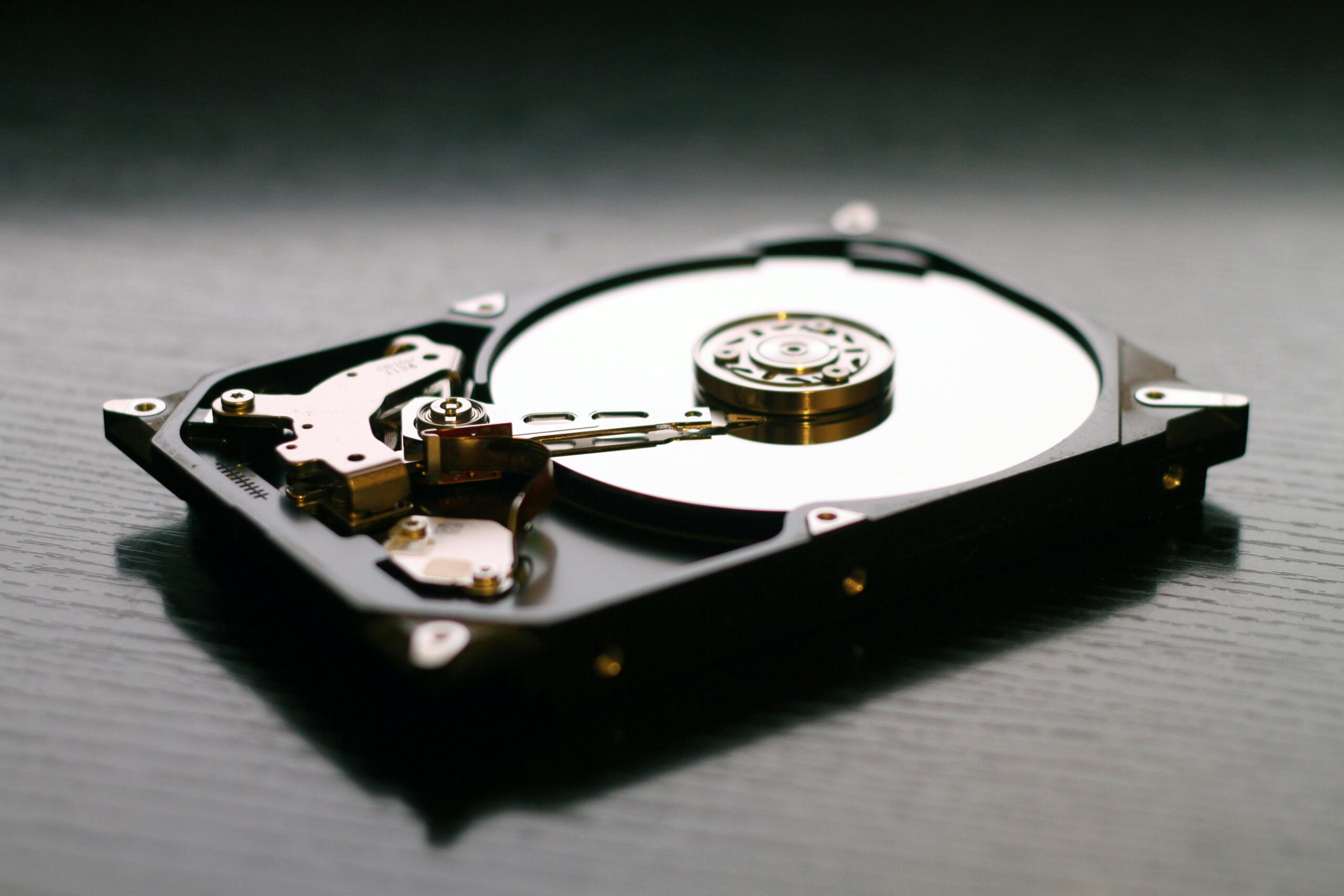While older standards like the Department of Defense (DoD) 5220.22-M advocated for multiple passes, newer guidelines such as NIST 800-88 and the emerging IEEE 2883 standard have shifted perspectives on data wiping efficacy. In this blog, we explain the different wiping methods and analyze if the old standards are still relevant in the new age.
Understanding Data Wiping Methods
Data wiping involves overwriting existing data on storage media with patterns of 0s, 1s, or random data. The number of passes refers to how many times this process is repeated.
1-Pass Wiping
Process:
- Overwriting all data on the storage medium with a single pass of either 0s, 1s, or random data.
Pros:
- Speed: The fastest method of data wiping, makes it ideal for situations where time is a critical factor.
- Cost-Effective: Requires fewer resources, making it more economical.
- Recommended: The method is the recommended method of wiping in the current age.
Cons:
- Perception: While effective, some organizations still perceive it as less secure due to its simplicity. Although, there is no evidence of this method being less secure than any of the other methods.
Effectiveness:
- According to NIST 800-88 guidelines, a single pass of random data is almost always sufficient to securely erase data on modern storage devices.
3-Pass Wiping
Process:
- Overwriting the data three times: first with 0s, then with 1s, and finally with random data.
Pros:
- Enhanced Security: Provides a higher ‘perceived’ level of data destruction compared to the 1-pass method, which is more reassuring for some users, although there is no evidence behind this.
Cons:
- Time-Consuming: Takes longer than the 1-pass method.
- Resource-Intensive: Uses more computational power and resources.
- Cost: This method is comparatively more expensive than 1 pass wipe.
Effectiveness:
- Historically recommended by standards like DoD 5220.22-M, but modern guidelines (NIST 800-88) suggest this is often unnecessary for most current storage technologies.
7-Pass Wiping
Process:
- Overwriting the data seven times with a specific pattern.
Pros:
- Perceived Maximum Security: Provides a sense of the highest security level, although, as with 3-pass method, there is no evidence.
Cons:
- Highly Time-Consuming: Significantly slower than both 1-pass and 3-pass methods.
- Very Resource-Intensive: Uses the most computational power and resources.
- Overkill: Modern standards deem it excessive for most scenarios.
- Expensive: The method is the most expensive one among the three.
Effectiveness:
- Initially prescribed by the DoD 5220.22-M standard for high-security environments. However, NIST 800-88 has moved away from recommending such intensive methods for typical use cases.
Evolution of Standards: DoD 5220.22-M, NIST 800-88, and IEEE 2883
DoD 5220.22-M
The DoD 5220.22-M standard, established by the U.S. Department of Defense, was once the gold standard for data wiping, advocating for multiple passes to ensure data destruction. It includes:
- 3-Pass Method: Overwrite with 0s, 1s, and random data.
- 7-Pass Method: More intensive, involving a specific pattern of overwrites.
NIST 800-88
The National Institute of Standards and Technology (NIST) introduced the NIST 800-88 guidelines, reflecting advancements in data storage technology. Key points include:
- Single Pass Sufficiency: A single pass of random data is generally sufficient for modern drives.
- Focus on Verification: Emphasis on verifying the effectiveness of the wiping process, regardless of the number of passes.
- Flexibility: Allows for different methods based on the type of storage media and its intended final disposition (reuse, recycle, or disposal).
NIST 800-88 distinguishes between two types of data sanitization: clear and purge.
Clear
Process:
Involves logical techniques to sanitize data in all user-addressable storage locations, making data inaccessible through standard read commands.
Methods:
Cryptographic erase by deleting encryption keys.
Best For:
- Overwriting with a single pass of random data.
- Media that will be reused within the same security environment.
Purge
Process:
Involves physical or logical techniques that render data recovery infeasible using state-of-the-art laboratory techniques.
Methods:
- Degaussing for magnetic media.
- Cryptographic erase followed by physical destruction for SSDs.
Best For:
Media that will leave the organization’s control or be disposed of.
IEEE 2883
The IEEE 2883 standard is the latest development in data wiping guidelines, addressing the need for secure data erasure across various storage technologies, including solid-state drives (SSDs) and other non-traditional storage media. Key highlights include:
- Universal Applicability: Designed to work effectively across different storage media, including SSDs, which have different data storage characteristics than traditional HDDs.
- Enhanced Security: Focuses on methods that ensure complete data destruction while considering the physical and logical structures of modern storage devices.
- Verification and Documentation: Emphasizes the importance of verifying data destruction and maintaining detailed records for compliance and auditing purposes.
Cryptographic Erase: A Modern Approach to Data Wiping
Cryptographic erase (CE) has emerged as a highly effective technique for securely deleting data, particularly relevant in the context of modern storage devices and evolving data destruction standards.
How Cryptographic Erase Works
Process:
- Encryption: Data on the storage device is encrypted using a strong encryption algorithm.
- Key Deletion: To erase the data, the encryption key is securely deleted, rendering the encrypted data useless and irrecoverable.
Pros:
- Speed: Cryptographic erase is extremely fast compared to traditional wiping methods, as it only requires the deletion of the encryption key.
- Efficiency: Minimal computational resources are needed since the bulk data does not need to be overwritten.
- Security: Provides a high level of security by making data irrecoverable without the encryption key.
Which Method Is Best?
Security Requirements
- High-Security Environments: While 7-pass wiping might still be used in the most sensitive environments, it is generally considered overkill.
- General Use: For most purposes, a 1-pass wipe, as recommended by NIST 800-88 and supported by IEEE 2883, is sufficient and secure.
Time and Resource Constraints
- Efficiency Needs: The 1-pass method is far more efficient and cost-effective, making it suitable for large volumes of data or time-sensitive operations.
- Balancing Act: The 3-pass method can be a middle ground for organizations seeking additional peace of mind without excessive resource use.
Compliance
- Regulatory Adherence: Ensure that the chosen method complies with relevant regulations and standards specific to your industry or jurisdiction.
While older standards like DoD 5220.22-M advocated for multiple passes, the modern NIST 800-88 guidelines and the latest IEEE 2883 standard recognize that a single pass of random data is generally sufficient for securely erasing data on contemporary storage devices.
Looking for a certified data destruction provider? Our experts will be happy to help.



